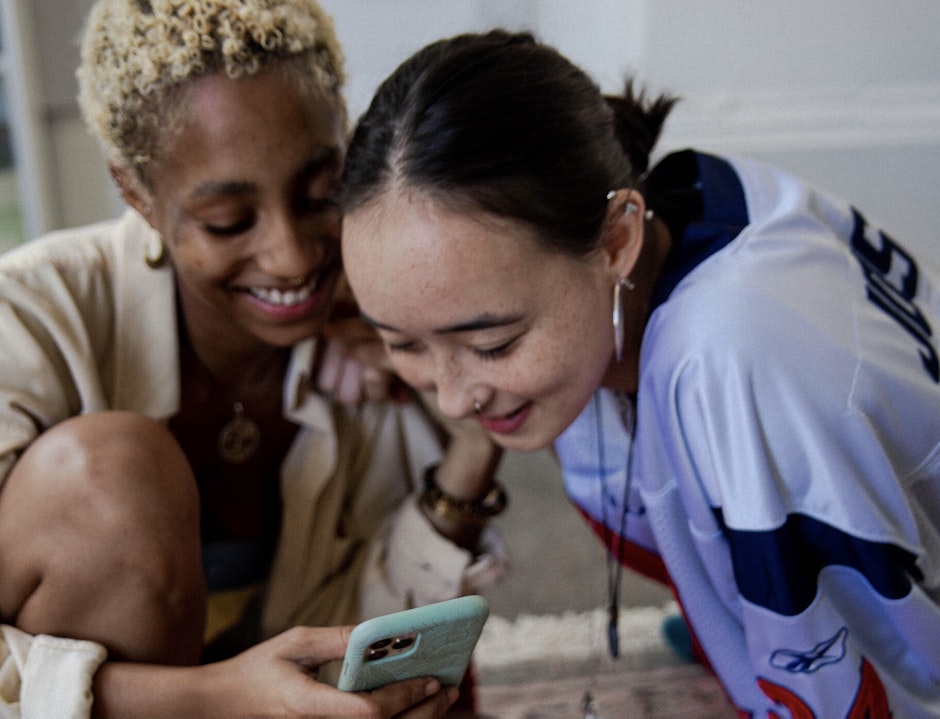Why TikTok’s co-creation culture helps brands engage with the community
It makes sense that, for so long, developing original and unique creative ideas has been top-of-mind on marketing campaigns; after all, it attracts audiences and triggers word-of-mouth, ultimately improving brand awareness and conversions

After the advent of social media, creating innovative campaigns became an even higher priority for brands on account of the vast amounts of content competing for audience attention. And on top of the race to get in front of eyeballs, brands not only competed with other brands, but also with users themselves.
Many brands still struggle to cut through the noise and keep their relevance on social media, but TikTok seems to be changing these dynamics a bit. While creating unique, surprising, and innovative content is still the golden rule, you no longer have to do it from scratch, and instead of competing with other users for your audiences’ attention, you can now join forces with them. Here’s how.
Using bits of users’ content is not only OK—it’s encouraged
TikTok not only brought short-format videos (back) into popularity, but also made room for a different social media culture—one less focused on inspirational content and highly curated pictures, and more focused on entertainment, memes, and day-to-day life. But perhaps what’s more unique about TikTok is that a lot of the content created on the app expands on what’s already there instead of being something completely new.
As a collaborative environment where remixing and reimagining videos created by other members of the community is as important as creating something unique of your own, the platform heavily encourages co-creation. The concept of plagiarism is a bit more nuanced on TikTok, as it’s more acceptable to use others’ ideas and recreate the content to fit your own voice, style and personality—like @dianarantamaki does with @jasonbankscomedy’s sounds, for instance.
Another example of TikTok’s remix culture is the viral Sea Shanty, which started with @nathanevanss singing alone and ended up with many layered harmonies over his original video. Similarly, the “girlfriend hostage situation” and the “shy little frog song” build on existing content, turning them into something completely new and surprising.
This comes as no surprise with some of TikTok’s main in-app creative tools being duets (a feature that allows you to build on another user’s video by recording your own video alongside the original as it plays), stitches (a feature that allows the ability to clip and integrate scenes from another user’s video into your own), and the possibility of reusing existing sounds. The platform’s experience was built to hand to users all the features they need to expand on each other’s content.
Co-created content is great, but don’t lose sight of creativity
On every social platform users hold a lot of power in dictating what’s trending and cool, but that’s even more so on TikTok. Brands that want to create completely unique videos have to dive deep into the app’s one-of-a-kind culture and understand the type of content that resonates with the community. For this reason, while repurposing content may work on your other channels, the best strategy for the short-video app is to create native, fit-for-format videos.
Brands that have succeeded in fully understanding TikTok’s culture and creating original content that speaks to the audience include Chipotle, which mostly taps into the app’s odd comedy style, and Dunkin’ Donuts, which leverages the power of creators and employer branding. But even the most popular brands on TikTok know that it all comes down to connecting with the community, so engaging with what they create and what’s already trending is essential to become and stay relevant on the platform.
Tapping into the platform’s co-creation culture can be an easy alternative for brands to start dipping their toes into TikTok’s water. These videos have higher chances of resonating well with the community, increasing their exposure potential without putting too much effort into creating a completely unique idea. But brands shouldn’t ignore innovation completely—creativity is still non-negotiable as it’s important to add your own twist to already existing trends. It’s the only way to keep your videos authentic, engaging, and set them apart from what’s already created.
All in all, TikTok is a collaborative space, where creators complement each other to elevate the entertaining experience. Brands should focus on embracing this co-creation culture instead of disrupting it with content that doesn’t fit the platform. The key is to not only think about what TikTok’s users can give you, but instead focus on what you can give them—and they will reward you for it.

